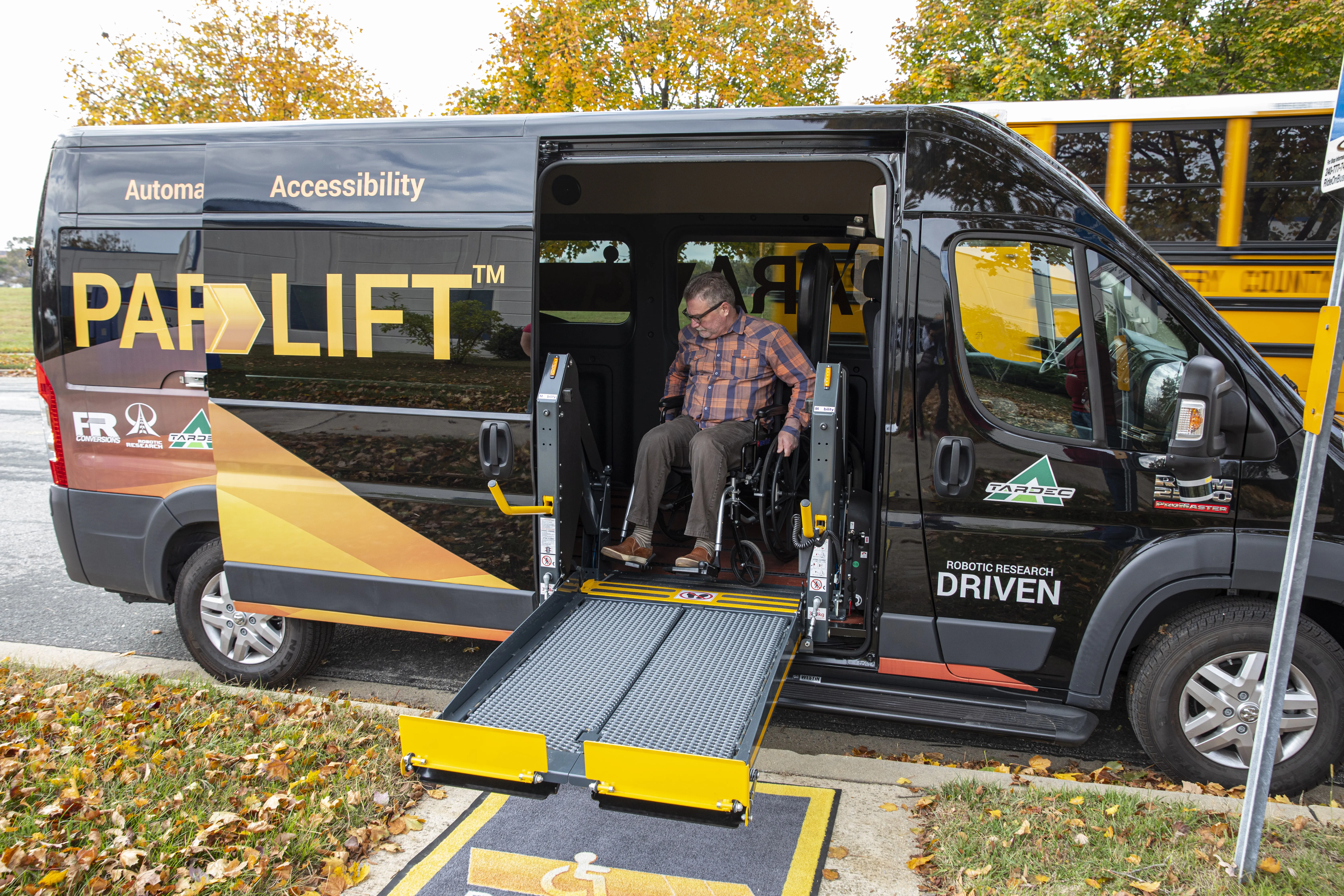The Philippines’ government has recently approved a US$612 million contract for the Metro Manila Skyway (MMS) Stage 3 Project which will connect the Southern Luzon Expressway to the Northern Luzon Expressway.
The flood free, mostly elevated six lane expressway, is approximately 14.2 kilometres long and is expected to reduce congestion and reduce travel times on major roads in Manila.
October 3, 2013
Read time: 1 min
The Philippines’ government has recently approved a US$612 million contract for the Metro Manila Skyway (MMS) Stage 3 Project which will connect the Southern Luzon Expressway to the Northern Luzon Expressway.
The flood free, mostly elevated six lane expressway, is approximately 14.2 kilometres long and is expected to reduce congestion and reduce travel times on major roads in Manila.
The project will commence before the end of the year and will be fully funded by the Citra Central Expressway Corporation and will be overseen by the Department of Transportation and Communications and the Toll Regulatory Board (TRB).
The flood free, mostly elevated six lane expressway, is approximately 14.2 kilometres long and is expected to reduce congestion and reduce travel times on major roads in Manila.
The project will commence before the end of the year and will be fully funded by the Citra Central Expressway Corporation and will be overseen by the Department of Transportation and Communications and the Toll Regulatory Board (TRB).









